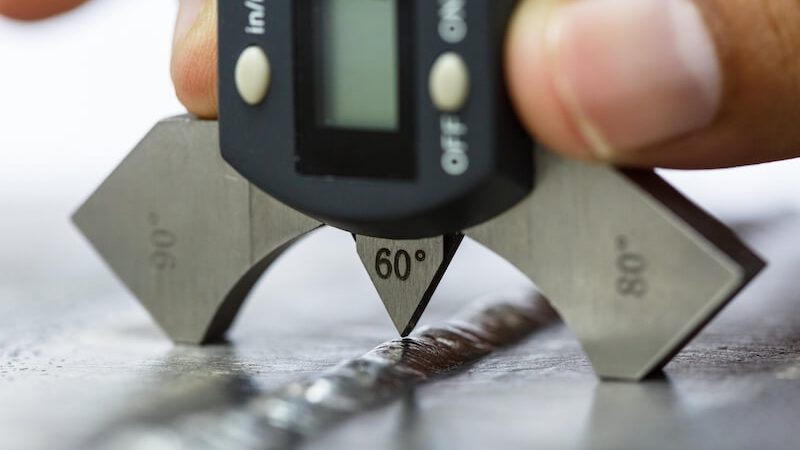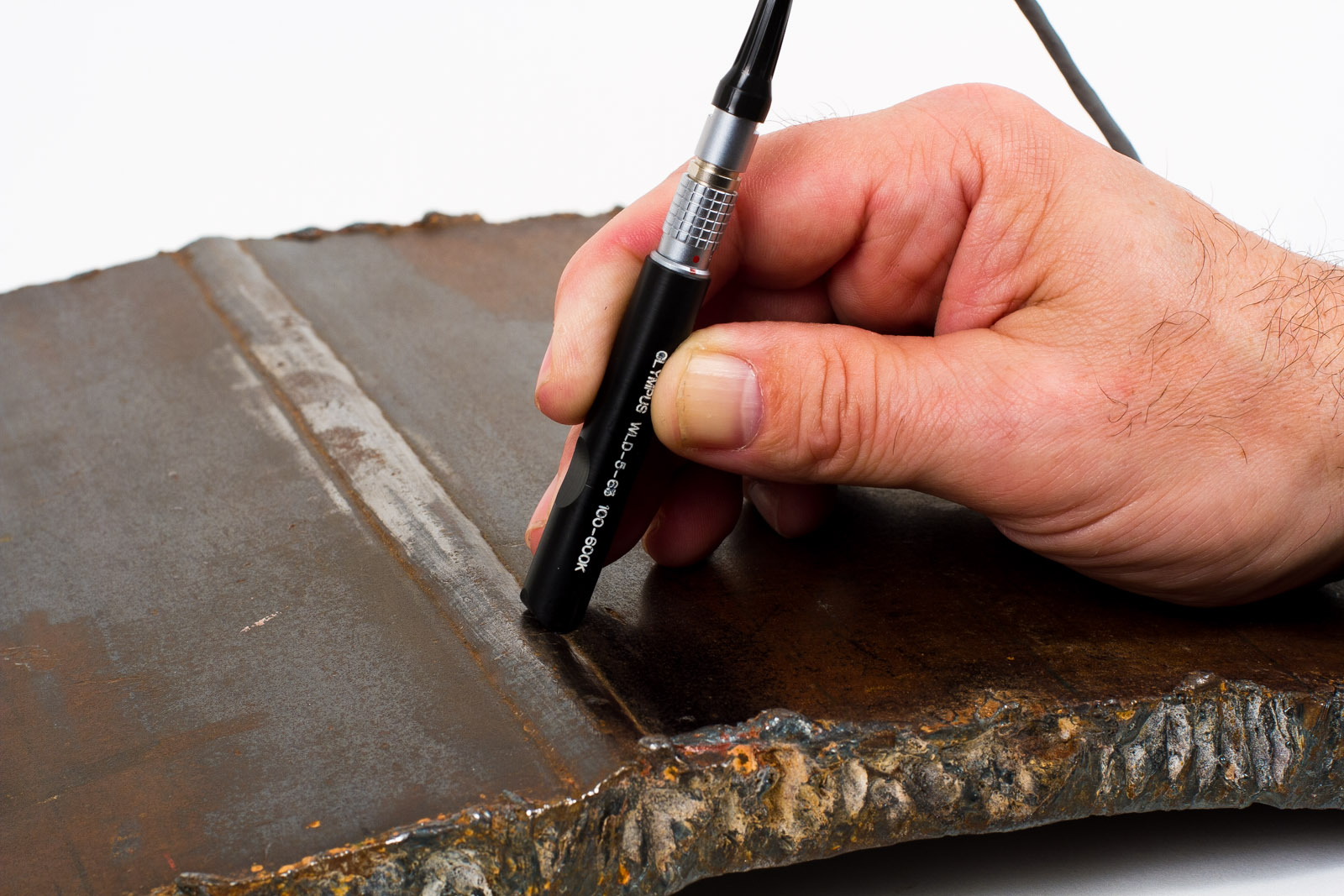Leading Benefits of Reputable Welding Inspection Milwaukee in Construction
Trick Factors to Take Into Consideration in Welding Assessment for Top Quality Guarantee
Welding inspection is a crucial aspect of quality control that encompasses different aspects essential for ensuring the stability of welded structures. Secret factors to consider consist of the choice of proper inspection methods, the credentials of employees, and adherence to market criteria. The performance of different inspection approaches-- such as aesthetic, ultrasonic, and radiographic screening-- can substantially influence the outcomes of quality analyses. Robust documentation methods are vital for preserving traceability and facilitating continual renovation. However, the interaction of these elements elevates even more inquiries concerning how they can be maximized to boost overall welding high quality.
Kinds of Welding Procedures
Welding processes incorporate a selection of methods used to join materials, mainly metals, with the application of warm, pressure, or both. The most typical kinds of welding processes consist of arc welding, gas welding, resistance welding, and solid-state welding.
Arc welding, which consists of methods like Shielded Metal Arc Welding (SMAW) and Gas Tungsten Arc Welding (GTAW), utilizes an electrical arc to generate heat for melting the base steels and filler products. Gas welding, often described as oxy-fuel welding, utilizes a flame generated by shedding a fuel gas with oxygen to melt the metals.
Resistance welding, including place and joint welding, depends on the warmth generated from electric resistance to bond products, typically made use of in auto production. Solid-state welding processes, such as rubbing welding and ultrasonic welding, join products without thawing them, using mechanical stress and frictional warmth.
Each welding procedure has particular applications, toughness, and limitations, making the option of the suitable technique vital for attaining wanted weld quality and efficiency. Welding Inspection Milwaukee. Recognizing these processes is important for ensuring efficient welding methods and supporting high quality guarantee in construction and manufacturing sectors
Examination Devices and methods
To ensure the honesty and dependability of bonded joints, different assessment methods and tools are employed throughout the welding procedure. These methods can be generally categorized right into non-destructive testing (NDT) and devastating screening (DT) methods. NDT approaches, which do not endanger the stability of the bonded component, consist of visual examination, ultrasonic screening, radiographic testing, magnetic bit screening, and liquid penetrant screening.
Visual evaluation is the most essential technique, enabling the immediate recognition of surface area defects. Ultrasonic testing makes use of high-frequency acoustic waves to detect inner defects, while radiographic testing employs X-rays or gamma rays to picture the inner framework of welds. Magnetic particle testing works for discovering surface and near-surface discontinuities in ferromagnetic products, and fluid penetrant testing exposes surface-breaking problems by using a tinted color or fluorescent penetrant.
On the other hand, devastating screening entails literally examining the welded joint until failure to examine its mechanical properties. Tools such as tensile testing makers, impact testers, and firmness testers are usually utilized in this context. By employing a combination of these tools and strategies, assessors can ensure the high quality and safety and security of bonded frameworks.

Relevance of Documentation
In the realm of welding assessment, proper documentation functions as a vital foundation for quality control and governing compliance. Paperwork incorporates a large range of documents, including weld procedure specs, assessment records, and non-destructive testing results. These records not just give a sequential account of the examination process but additionally work as a referral for future evaluations and audits.
Accurate documents ensures that all welding activities are verifiable and traceable, facilitating adherence to pertinent market criteria and codes. It ends up being crucial during the evaluation process, enabling stakeholders to evaluate conformity with specs and determine any type of flaws or variances. Moreover, extensive documents sustain reliable interaction amongst staff member and outside auditors, cultivating a society of transparency and liability.
On top of that, well-kept paperwork can dramatically minimize the threat of costly rework or failures. By ensuring that all needed details is videotaped and easily accessible, organizations can improve their quality control procedures, eventually enhancing the integrity of the welded structures. Consequently, investing time and sources right into producing robust documents practices is not just a procedural demand but a calculated important for achieving lasting success in welding operations.
Employee Qualifications and Training
Exactly how can companies make certain the competency of their welding workers? To keep high criteria of top quality guarantee, it is necessary for organizations to spend in extensive training programs customized to the certain needs of the welding sector. Welding Inspection Milwaukee. This includes not just initial training however additionally continual education and learning to maintain personnel abreast of evolving technologies and methods
Organizations must establish clear standards for personnel credentials, including appropriate certifications and experience in different welding strategies. Employing qualified welding inspectors (CWIs) can boost the top quality of assessments, as these professionals possess the essential expertise to determine potential flaws and guarantee adherence to best techniques.
Along with technical abilities, organizations must promote a society of security and compliance among their welding employees. Giving routine workshops and correspondence course can aid strengthen the relevance of this hyperlink security methods and the ramifications of non-compliance.
Furthermore, organizations need to execute efficiency evaluations and feedback systems to evaluate personnel proficiency over time. By methodically resolving training requirements and advertising a commitment to high quality, organizations can boost their welding assessment processes, eventually causing improved product honesty and customer satisfaction.
Compliance With Industry Criteria
Complying with market criteria is critical for guaranteeing the top quality and security of welding procedures. Conformity with established criteria, such as those set by the American Welding Society (AWS), American National Specification Institute (ANSI), and International Company for Standardization (ISO), supplies a structure for analyzing the stability of bonded frameworks. These requirements encompass various aspects of welding, consisting of product option, design specs, and step-by-step techniques.
Welding inspections must be conducted in accordance with these standards to validate that the job meets the required high quality standards. This consists of visual evaluations, non-destructive screening (NDT), and extensive documentation of findings. Making sure conformity not only boosts the reliability of the welds but additionally reduces risks connected with architectural failings.
Additionally, adherence to market criteria fosters a culture of security and web expertise within the workforce. It develops a standard for efficiency and motivates constant enhancement through normal audits and training. Inevitably, compliance is not simply a governing need; it is a dedication to quality that secures both personnel and the setting while delivering high-grade welding items.

Verdict

Welding examination is a vital aspect of quality guarantee that includes numerous elements important for ensuring the integrity of bonded structures.To make sure browse around this site the stability and dependability of bonded joints, different assessment techniques and devices are employed throughout the welding process.In the realm of welding evaluation, appropriate documents offers as a crucial backbone for high quality assurance and governing conformity.Welding examinations must be carried out in accordance with these standards to confirm that the job meets the needed top quality standards.In conclusion, efficient welding examination for top quality assurance needs a diverse strategy that incorporates the selection of proper inspection strategies, strict adherence to industry requirements, and comprehensive paperwork of outcomes.